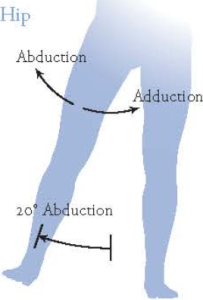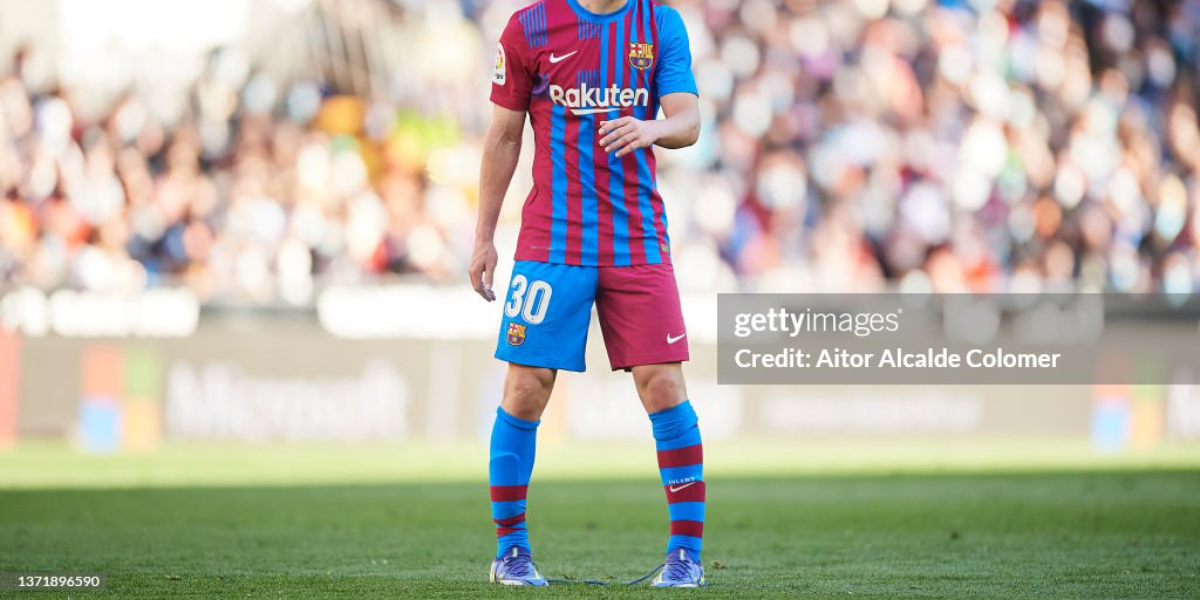Soccer, or football for those outside of the United States of America, is the most popular sport in the world, and its popularity is only rising. In the United States, although soccer is not the most popular sport, it is growing rapidly. Part of the reason behind this growth, around 20% American parents think soccer to be a safer sport for their children to play compared to American football. However, soccer players still suffer injuries.
One example of a deformity that some soccer players, such as Gavi above, develop is known as genu varum (or bow leg). This deformity can be visually identified by a convex curvature in the lower legs, similar to that of a bow and has been correlated with a statistically significant loss of dynamic balance, or balance when in motion, and a greater predisposition to knee injuries. Thus, genu varum, while not an injury in and of itself, is a misalignment which causes the knee joint to deteriorate quicker, especially with a high level of physical activity, and could reduce athletic performance due to a decrease in balance.

Research has shown a correlation between playing soccer intensely in adolescence and bowed legs. Although a consensus regarding the cause for the development of the deformity within soccer-specific activities has yet to be reached, a theory has been put forth. Cardoso et al. speculate that the adduction, or motion across or towards the body, involved in dribbling and throwing (as well as passing) could load the knees asymmetrically. This asymmetric loading would then lead to a muscular imbalance between the adductor and abductor muscles in the hip and create a feedback loop resulting in irregular leg growth. Moreover, this effect would be exaggerated during youth growth spurts when knee growth plates direct leg growth.
Of course, the cause of a condition such as bow legs must be the result of many factors and not solely the result of certain soccer maneuvers. More research, therefore, must be conducted to understand the relationship between soccer-specific maneuvers and knee loading. For example, Besier et al. found that knees were under twice as much lateral stress when an athlete made an unforeseen cutting maneuver versus a planned cutting maneuver. Moreover, a change of direction in general saw the knees loaded significantly more compared to sprinting. Nevertheless, soccer players alone developed genu varum disproportionately.
The prevalence of this leg deformity in soccer players warrants greater research into its causes. Such research would potentially increase the longevity of players’ careers and reduce costly knee injuries. This would benefit both the long term health of soccer players and the financial and competitive health of clubs. Nevertheless, most cases of genu varum are not painful to the players until they are older nor overly detrimental to their performance. Indeed, many players continue to perform at a high level with bowed legs, but more research could be done to discover what impact the misalignment might have in their performance, if it has any at all. Moreover, this and other research could also be conducted to examine the differences in cases of bow legs between men and women soccer players.
